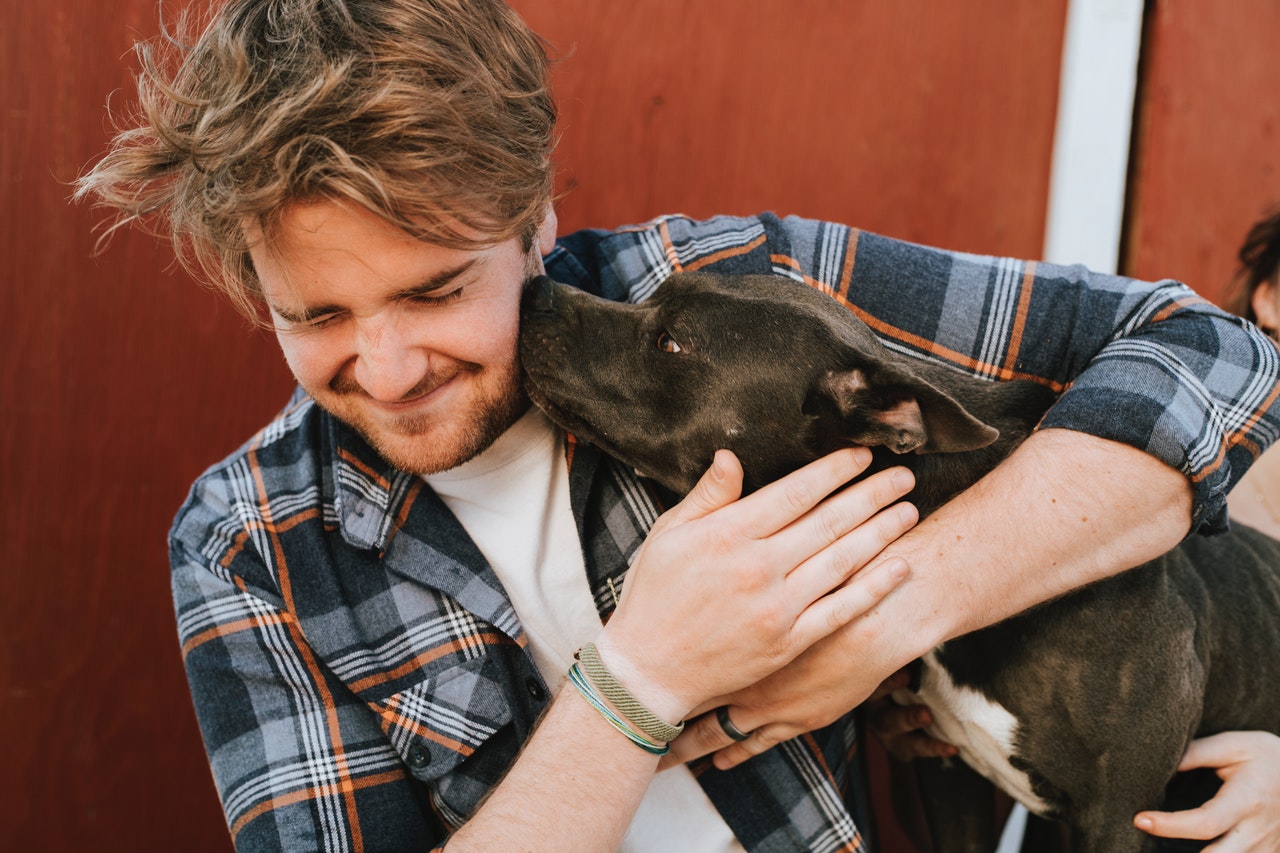
A pet is a domestic animal kept to give pleasure and companionship. Adopting a pet is essential because you save a life. Animals, especially dogs and cats, are being killed humanely, as they are treated as a nuisance to people. Adopting gives the animal a chance to be part of a family. Studies show having a pet in your home is good for your health. Interaction with pets manages loneliness, anxiety, cholesterol levels, blood pressure, and PTSD, making people generally live happier and healthy lives. Having pets also encourages exercise. Adopting a pet will also help other animals getting a place to stay. Many animals are stray, lost and millions die annually due to lack of food, shelter so adopting one will allow more to have a place to live. However, adopting is a responsibility, and many people don’t know how to go about adopting. You must ensure that you feed your adopted pet with healthy feeds. You can use national review sites such as Danskeanmeldelser.dk to get reliable food manufacturers, one which is miscota. Here are tips you can work with;
1. The Adoption Process May Take a While, So Be Prepared
Adopting is not a one day process. It takes a lot of time. You will be sharing space with this animal for years to come. Getting your relationship right, therefore, will be important from the beginning. It entails knowing where to find, and a rescue centre might be the ideal. To find an ideal match, think of what you would like to have and what you want. For example, you might want a particular breed, a specific colour, size of the pet, but other things like personality, interaction with other dogs and children maybe is a must-have. Get over the misconceptions and be open-minded about the pet you intend to have.
2. Try smaller rescue centres if you are not successful in finding one
You might not know where to find a dog to rescue. Rescue centres that are big enough could be having websites try even small ones with Facebook pages to support them. You could also find your perfect fit there. Smaller rescues might take a while to get your match dog and lessen the seriousness of their background checks.
3. Consider Adopting from Home First
When considering adopting a dog, be cautious about going abroad. Vets have shown concern about it because it is often not done right. For instance, most pets have forged passports, illegal importation, lack proper vaccinations, and pass many foreign diseases to local pets. Leishmania and Distemper are diseases found where they were not initially. Others have malnutrition problems based on where you are adopting.
4. Bond With Your Pet Before Bringing Them Home
Visit them at least twice to allow them to know you and to bond. The first timeone or two members can visit them. The second time could be other dogs, children maybe. The day of taking them home can be uncomfortable for the new pet, but the constant visits will makes the transition very easy.
5. Know The Pet’s Medical History
Asking about the medical history of your pet is very important. It is because those records help you know your pet better. Some conditons are very expensive to treat, and insurance might not cover the same. It also allows you to know of any known conditions and of any possible reoccurrence. Dogs often require vaccinations, preventive medications and treatment of conditions they could be having.
6.Understand Your Pets Possible Behaviours And How To Train Them
Have candid conversations with the rescue centre about your dog’s behaviour. This is necessary because you understand what you are subjecting yourself to and know what training your dog needs. Dogs are different based on what wgat thay are used to. Some are have stayed in kennels long, and they have to be taught how to use a potty.Others have poor behaviour due to inadequate training. The rescue team could refer you to a dog behaviourist to offer support. To cheer you up, even old dogs can learn new tricks.
7. Let Your Vet Meet The Dog Sooner
It is essential to get this appointment, and it should occur on the first week you bring the dog home. The vet should look out for underlying conditions; you should discuss feeding, for example, type of food, when to, vaccinations, flea treatments, weight management,worming, behaviour and schedule for the next appointment to allow your dog to adjust smoothly.
8. Have A Pet Insurance
Get an insurance policy that caters for emergency medical treatments. There are many pet insurance types; hence consider one that covers long term diseases. Treatment can get unaffordable, especially at advanced levels like orthopaedic surgery, MRI imaging comes into the picture.
9. Secure Your Home
It means hence around your home and establish the dog’s area. It should happen before you can fully know the dog’s behaviour. You don’t want them in the wrong places like the kitchen or the dining room or pooping in the wrong areas, or lost in the neighbourhood.
10. Lower Your Expectations
Let the dog be. Understand the pet even if you want it to adjust and be part of your family. Be kind in your training because different dogs have different backgrounds. Some were abandoned, others trained poorly, and also this is a new environment. Make the reinforcements gentle, and don’t expect them to adjust in a day.
In conclusion, give a dog a home.